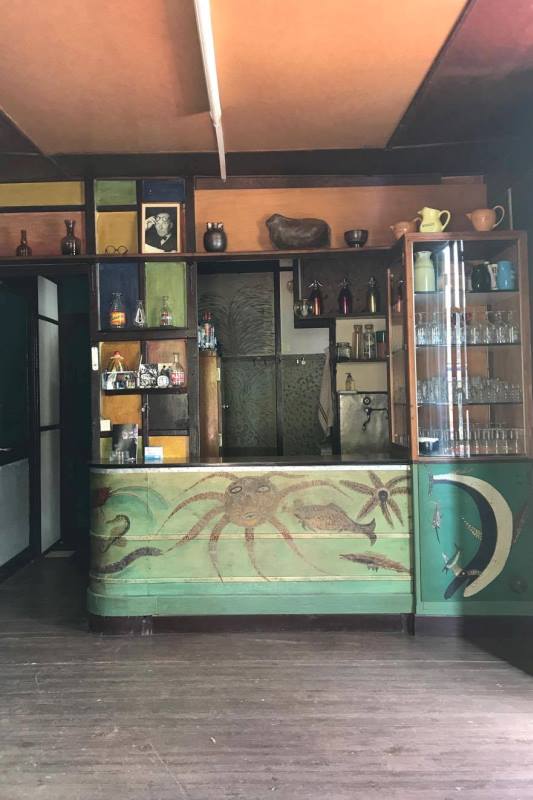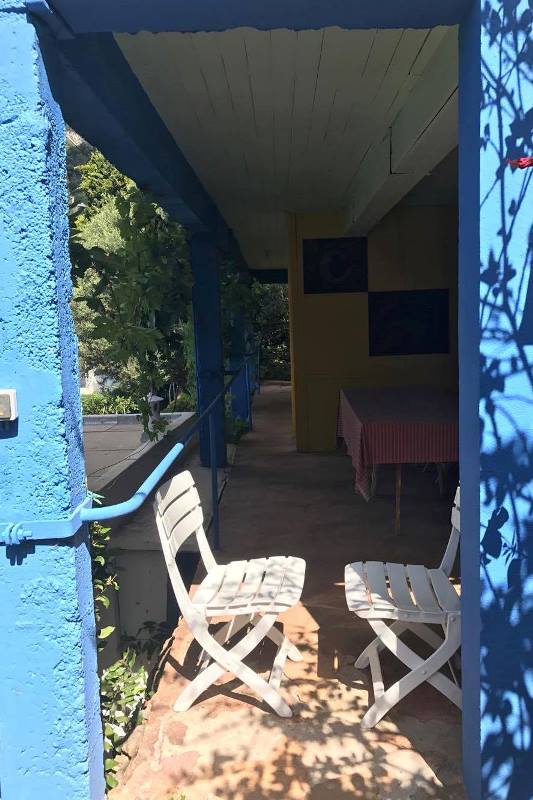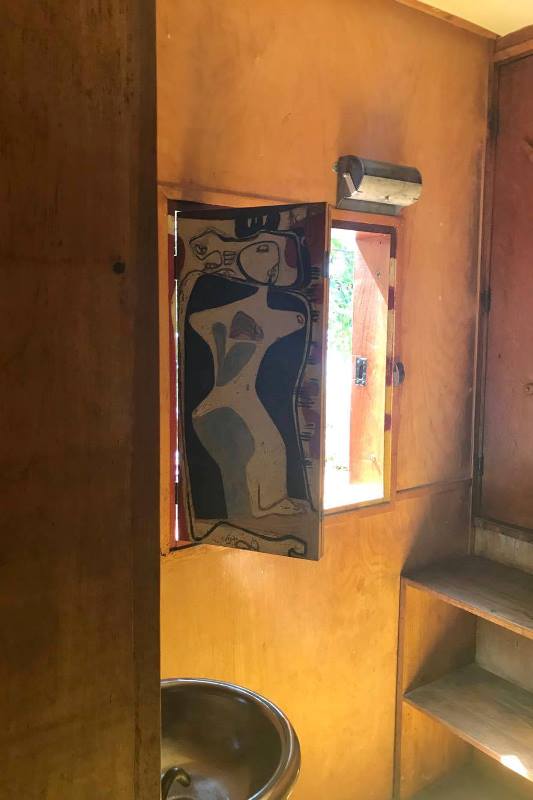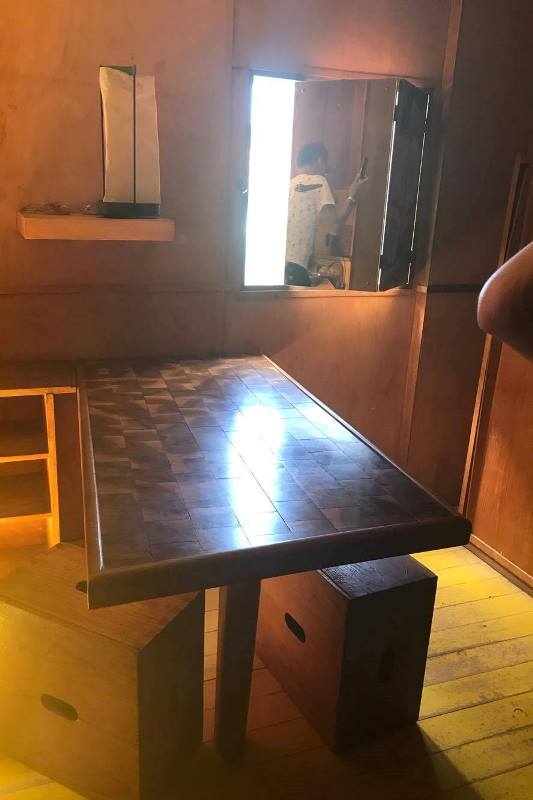
Le Corbusier, probably the most famous architect of the twentieth century, spent his last days in Roquebrune-Cap-Martin, not far from Monaco. He was so enamoured with a local villa and the sea view that he designed a campsite and designed and built a small holiday home nearby.
In 1923, young Romanian architect and critic Jean Badovici, who studied in Paris after the First World War, persuaded publisher Albert Morancé that the world was lacking an architecture magazine. With Badovici as editor-in-chief, Architecture Vivante became one of Europe’s leading trade magazines. The magazine focused in particular on emerging modernist movements such as De Stijl and Bauhaus and published articles by prominent figures like Le Corbusier, Frank Lloyd Wright and Ludwig Mies Van der Rohe.
Badovici became friends with Le Corbusier and Eileen Gray, who were prominent figures at the time. He co-wrote an article about Gray in one of the issues of Wendingen, a Dutch magazine, and together they worked on E-1027, the mythical house in the south of France. Le Corbusier also loved the villa, its architecture and its beautiful sea view, and it became his home from home. Once Gray had moved to Paris, Badovici invited Le Corbusier to paint colourful murals on the walls of the villa. It is still not clear whether Le Corbusier did this out of admiration or jealousy. In any case, Gray was furious when she heard about how he had ‘vandalised’ her work.
Read the fully story about E-1027 here.



Le Corbusier loved eating at local restaurant L’étoile de mer during his visits. He became friends with the owner, who asked him to design a campsite. The architect drew five small, multifunctional cabins, barely more than a sleeping area with storage and a small sink with a mirror above it, which made the space look larger.
Le cabanon des vacances



The owner of the restaurant paid Le Corbusier in kind with a plot of land right beside his premises. Le Corbusier used it to build his ‘cabanon des vacances’, with a small door to the restaurant – where he continued to eat for years – in the entry hall. In contrast to most of his projects, the cabanon was small and austere. His wife Yvonne slept on a wooden bed, while he chose to sleep on a mattress on the floor. Water and electricity were obtained through the restaurant. In the nearby studio with its magnificent sea view, the architect drew some of his last projects, which included a number of buildings in the Indian city of Chandigarh.
According to Le Corbusier, he needed no more than his cabanon and the sea. On 27th August 1965, the artist died from a heart attack while swimming in the sea he loved so dearly. He was buried in his beloved Roquebrune-Cap-Martin, near his cabanon.

